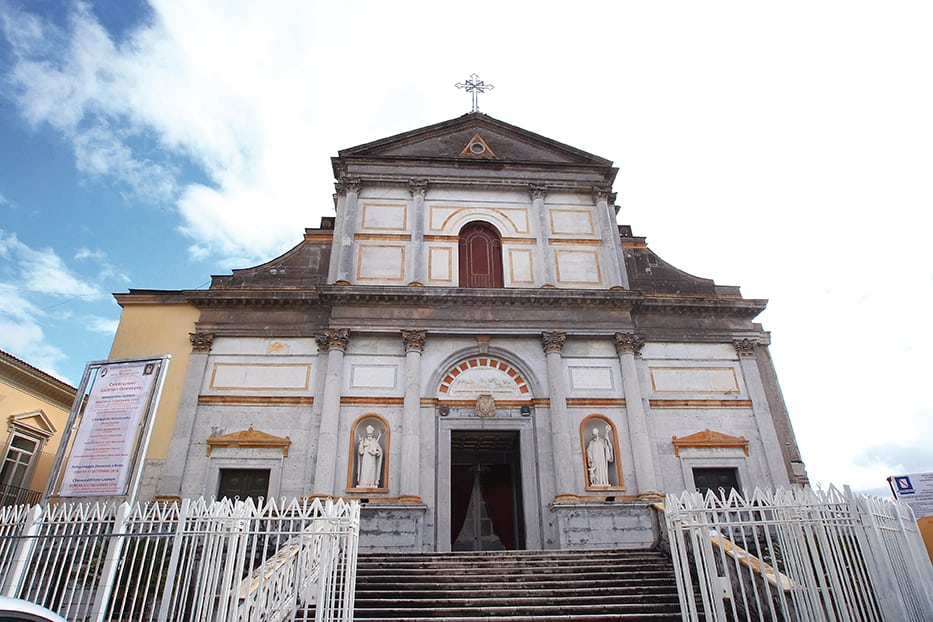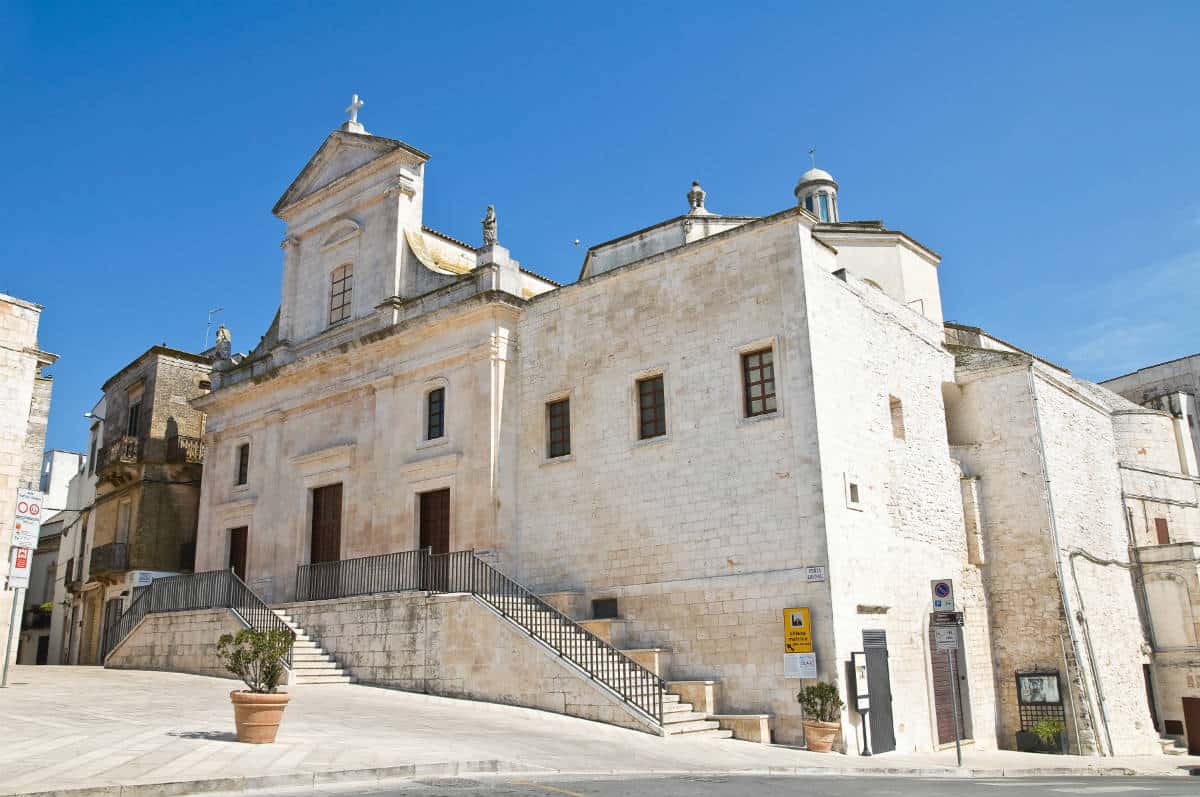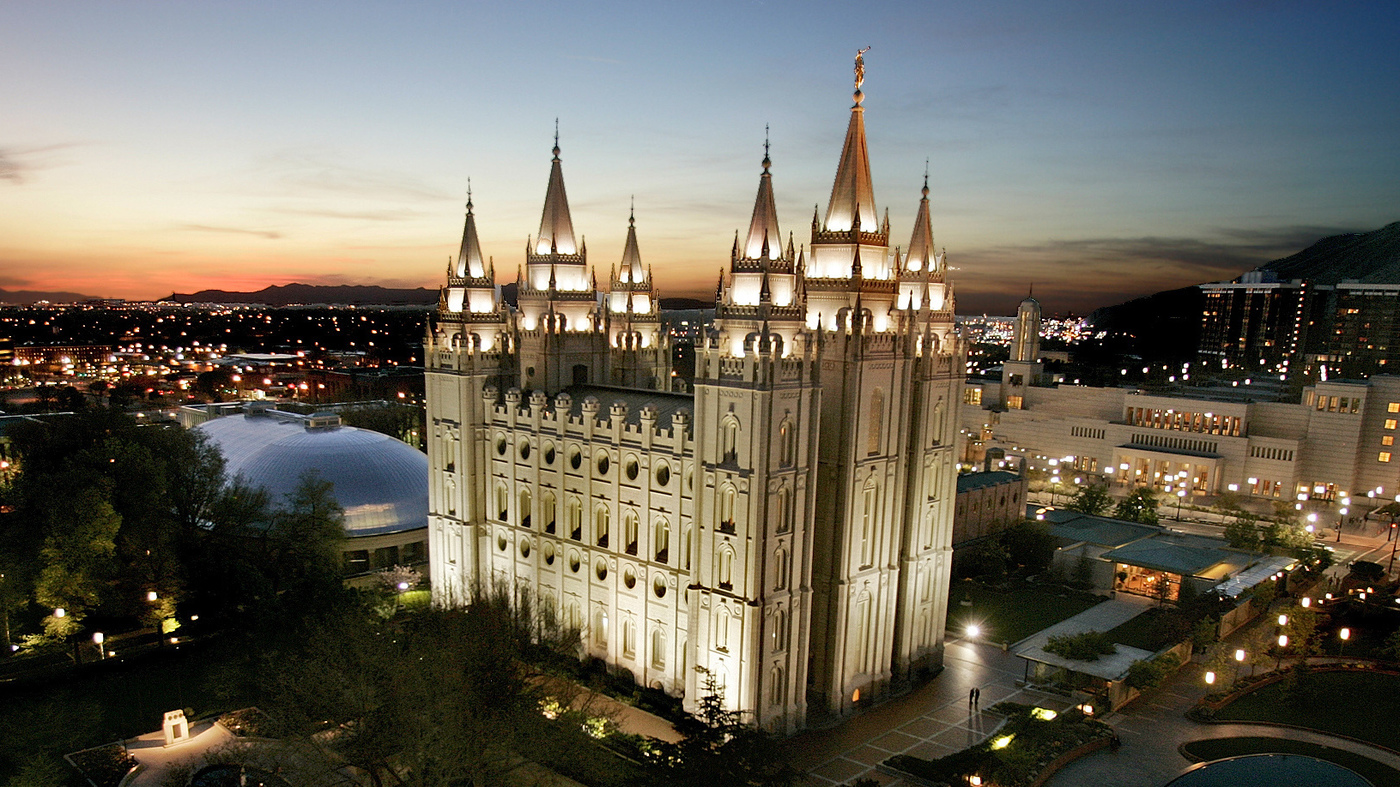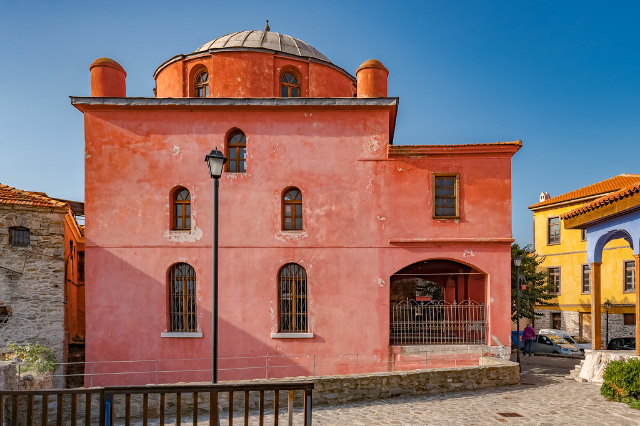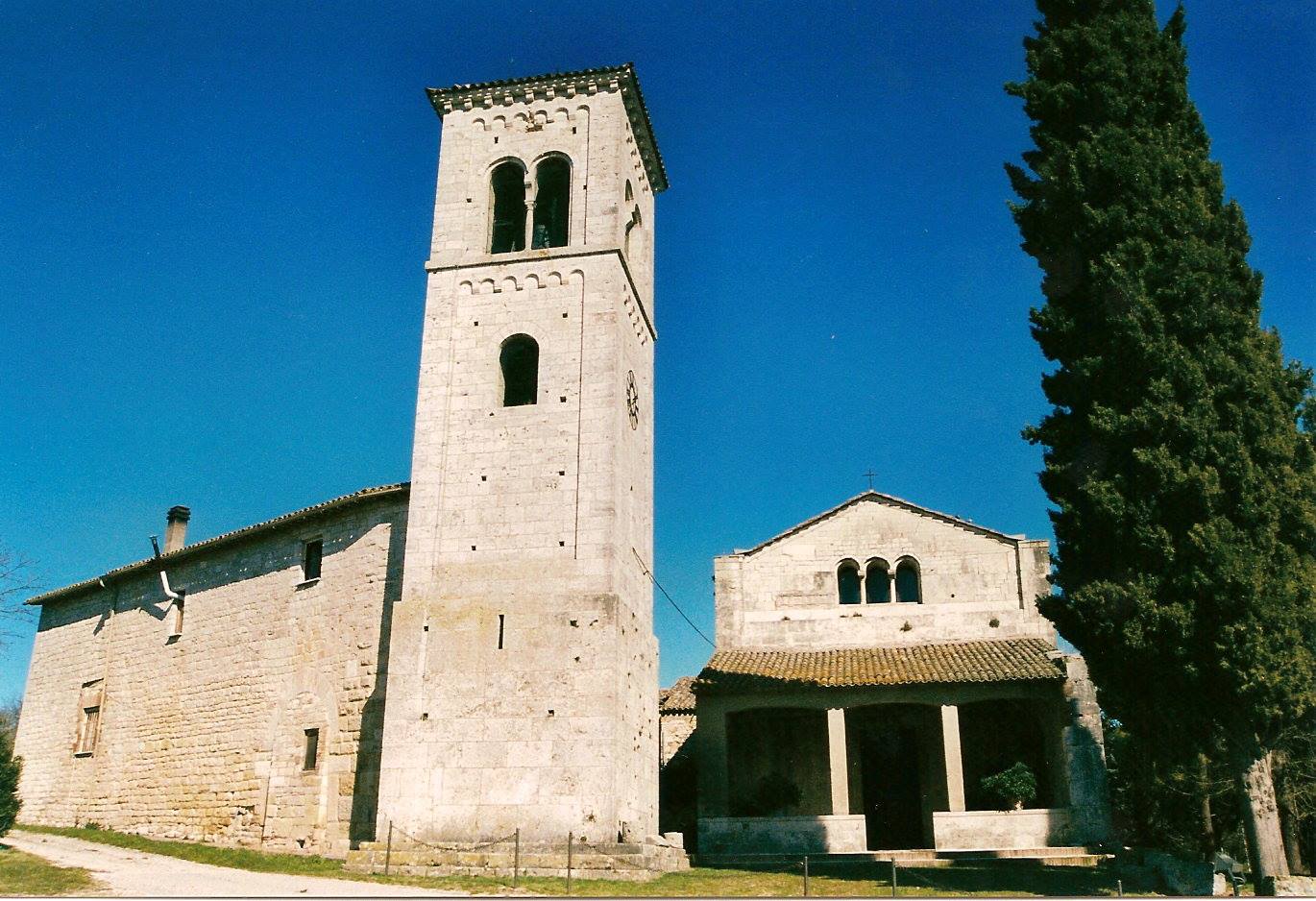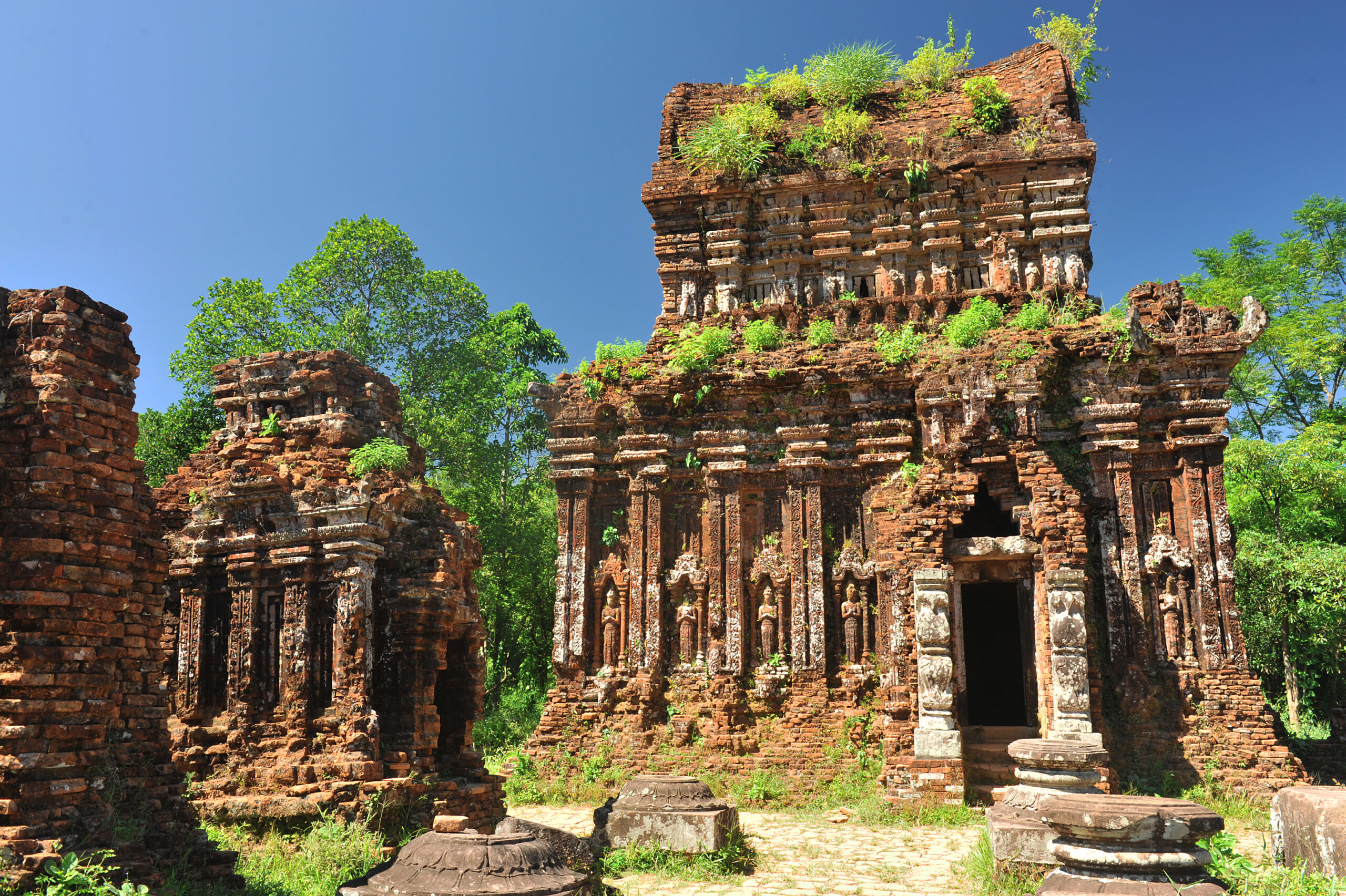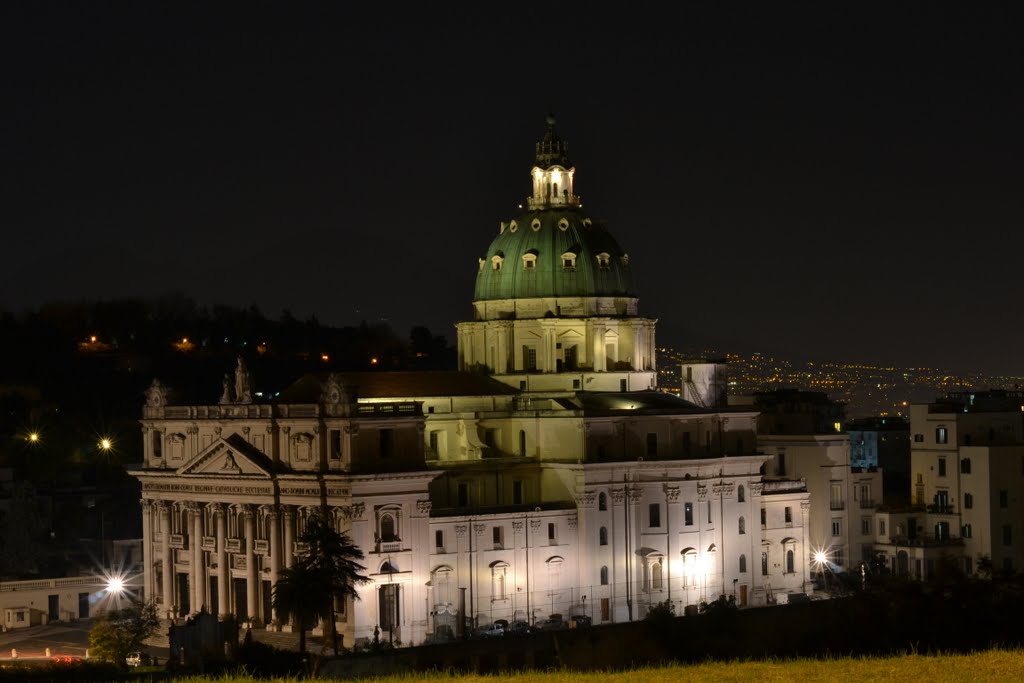Located at the highest point of the city, precisely on the hill "La Terra", the building, known as the Cathedral of the Assumption, is the fulcrum of the religiousness of Irpinia’s capital.
The church has undergone considerable changes over the years, due to war events and earthquakes that have affected Irpinia.
Its construction dates back to 1132, when the church was erected and dedicated to San Modestino by Bishop Roberto. In Romanesque style, the Cathedral maintained its original appearance until the end of the seventeenth century, when after some transformations and restorations at the hands of bishop Francesco Gallo, the layout became in Baroque style.
The façade of the church is elegant and was designed by the architect Pasquale Cardola around 1860. Divided into two heights by a cornice it is in neoclassical style, white and grey. The three entrance portals stand out in the lower order. On the sides of the main entrance portal there are two niches inside which there are the statues of St. Modestino, patron saint of the city, and St. Guglielmo, founder of the monastery of Montevergine and patron saint of Irpinia.
The bell tower rises on the right side of the façade, the base was built with stones coming from Roman buildings of the first century B.C., while the onion dome was added in the eighteenth century.
The interior of the Cathedral, in the shape of a Latin cross, has three naves and ten side chapels. Important is the coffered ceiling of the nave made in the eighteenth century.
There are two chapels on the side of the presbytery, on the left that of San Modestino, or also the chapel of the treasure of San Modestino, because it preserves, in precious cases, the relics of the patron saints to whom the Avellino diocese is devoted, and the silver bust of San Modestino. On the right is the chapel of the Holy Trinity, which preserves a bas-relief depicting the Trinity dating back to the mid-16th century.
The apse area is beautiful and sumptuous. A wooden choir of the sixteenth century and an altar of the eighteenth century, adorned with beautiful marble.
The transept of the church gives access to the oldest part of the Cathedral: the Crypt. Dating back to the VI century, it is really a small jewel. It represents the small church of Santa Maria dei Sette Dolori, also called Crypta dell’Addolorata. In Romanesque style and with three naves, divided by stone columns, it is what remains of the original Mother Church of St. Mary, built in the Longobard period and became the Cathedral following the reconstitution of the Episcopal Chair of Avellino in 969. Raising your nose upwards, in the ceiling, you can see eighteenth-century frescoes by Angelo Michele Ricciardi.
